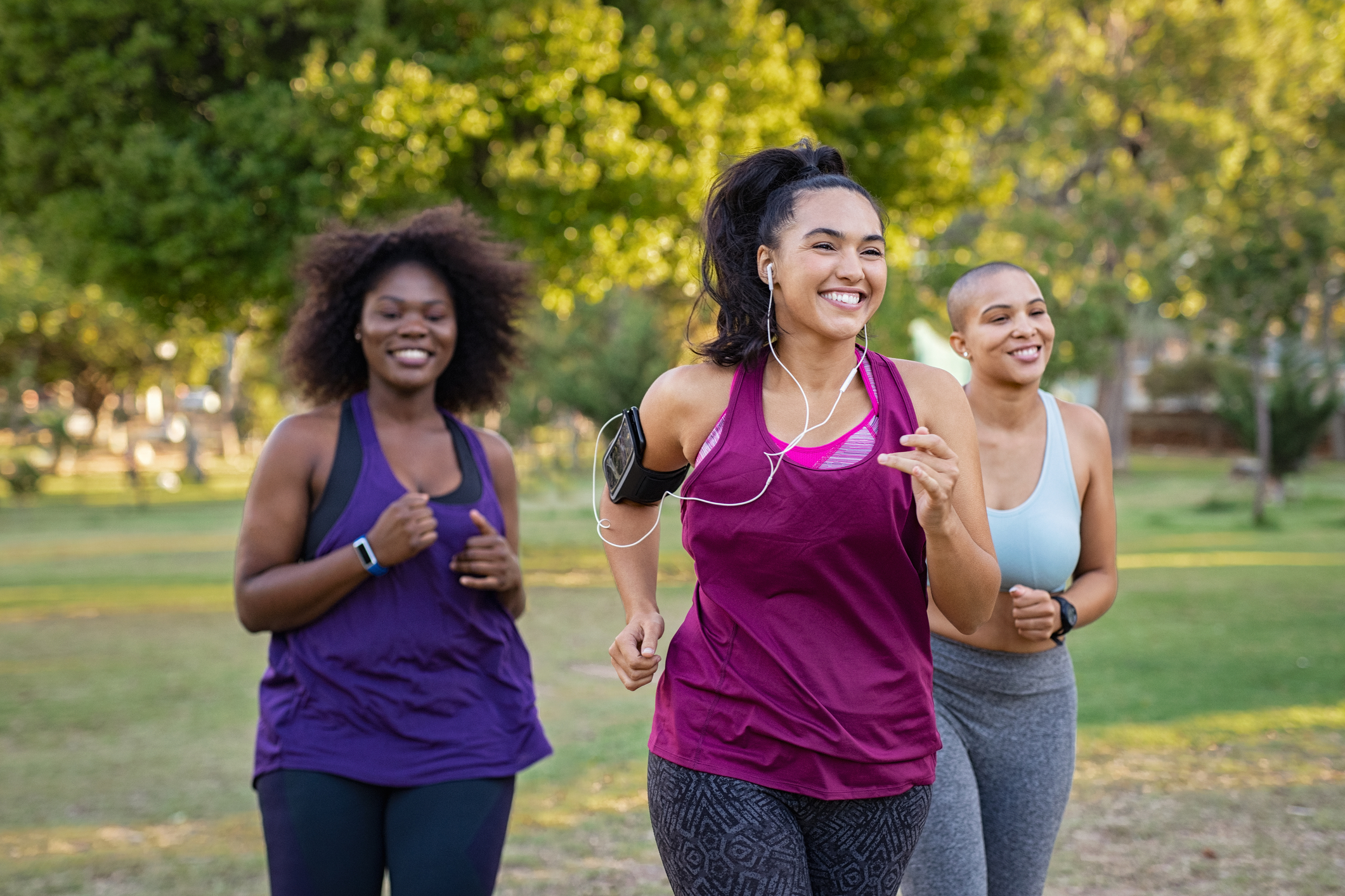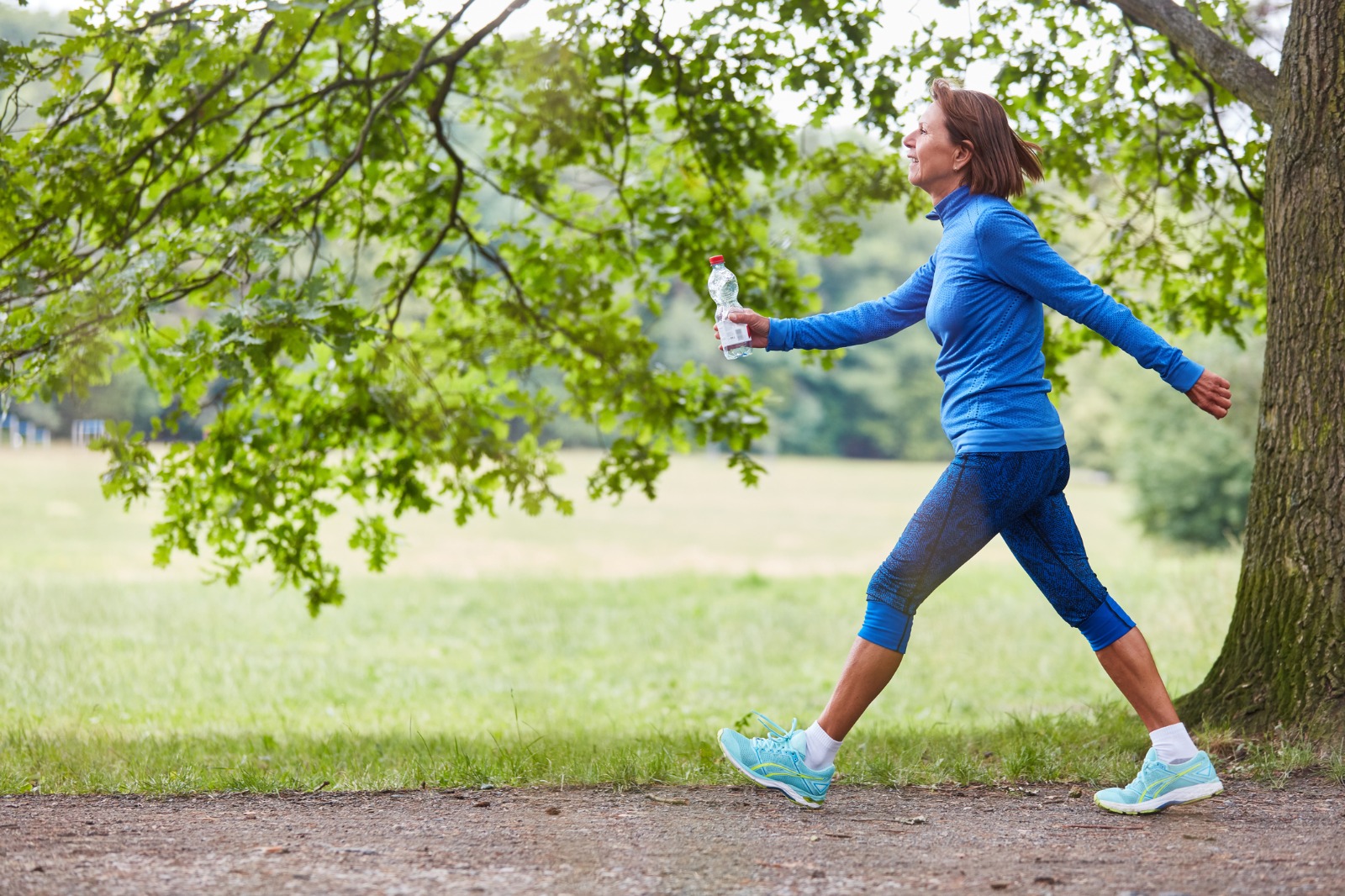
Start walking and boost your health
But if the Spirit of Him who raised Jesus from the dead dwells in you, He who raised Christ from the dead will also give life to your mortal bodies through His Spirit who dwells in you. Romans 8:11
What is keeping you down?
Do you have joint pain, poor health, or are just lazy? Do not underestimate yourself. You have more power than you think. Please read the above scripture once again. Whenever you are discouraged from walking, repeat it and own it. You can walk for better health.
Walking is the simplest and most natural way of exercise yet with so many powerful health benefits. When combined with other health practices, walking can be the key to losing weight, lowering blood pressure, protecting yourself against diabetes 2, insulin resistance, and boosting your immune system and memory. It may reduce your risk for heart disease, and cancer.
Get motivated to walk?
Your body was designed to move. As we mentioned above, walking is the simplest and most natural type of physical exercise.
Walking requires no equipment. It costs nothing apart from your comfortable shoes, breathable closing, and a bottle of purified water with a pinch of sea salt.
- We need at least 2 ½ hours a week of aerobic physical activity. Each walk for not less than 10 minutes at a time. If walking, moderate, or fast walking is recommended as it will give you better results than the normal slow walk. But normal or slow walking is better than no walking at all.
- Sedentary adults have higher risk for early death, heart disease, stroke, type 2 diabetes, depression, and some cancers.
- Women and older adults are not as likely to get the recommended level of weekly physical activity. If you fall into this group, make sure you check your physical activity routine, because you need it more than ever.
- Regular physical activity will help you maintain a healthy weight.
- Apart from cycling and swimming, walking is one of the most convenient, easy to plan activities that can be enjoyed either on your own or socially in groups-
Are you safe? Where should you go for your walk?
In Ephesians 6:11, Paul admonishes us to put on the whole armor of God so that we may be equipped and ready for any challenge that may come our way. Walking is part of our physical armor. It is part of our protection against fatigue, disease, and other challenges. It would be unwise to take our walks in polluted areas, hazardous, or crime associated surroundings.
- Choose areas where you feel protected from traffic and safe from crime and hazards.
- Avoid rough surfaces to minimize the risk of falling and getting hurt.
- Look for community walking areas which are safe and convenient.
- If walking late in the evening or very early in the morning, wear bright colors which are easy to spot by drivers from afar.
- It is always safer and more enjoyable to walk with a partner.
- Surprisingly, many individuals choose to walk indoors. This could the gym or even your home. As you will find later, there are certain types of walk which can effectively deliver in a small area. Example, duck walk, You can walk up and down your stairs. So, there is no excuse for not walking.
DIFFERENT STYLES OF WALKING FOR FITNESS
The normal or lifestyle walk, this is walking normally, or walking without pressure. Surprisingly, you can get some health benefits from a regular daily stroll. For example, improved bone density, muscle tone, better mood, sleep, and more
Make sure you do it regularly, consistently and covering enough distance. Aim at an hour a day for 5 days a week if you can. But do not be too ambitious. Start where you are comfortable and increase the speed, distance, and time as you get used to your walks.
Although a normal daily walk can offer many health benefits, a brisk walk, where the pace is faster, will give you more effective results for heart health and weight loss. There are various styles of walking offering various physical and mental health benefits. While working out you can combine different types of walking to improve your results. Other styles or techniques of walking that can help you speed up your pace include the brisk walk, power walking and race walking
Brisk walking, whereas the normal or lifestyle walking pace for most adults is about 3.3 miles per hour for 20 minutes, brisk walking requires raising this intensity level. Generally, brisk walking should be thought of as any pace which raises the heart rate into a moderate intensity exercise zone. Assuming that zone one is your normal heart rate zone. For brisk walking, you will raise your heart rate at least 60% of your maximum heart rate. This walk will lead to more fat burn and weight loss.
Brisk walking requires more focused hand swings and shorter, faster steps than the normal or casual walk. In this walk it is critical that you focus on posture.
Power walking: Brisk walking and power walking are sometimes used interchangeably. But technically there is a slight difference. Whereas they are both faster than the normal or casual walk, power walking uses more elbow bending as you swing the hands. It is also faster than brisk walking.
A good posture is critical for both brisk walking and power walking since injuries to the shoulders and neck may occur if not done correctly. Keep your chin parallel to the ground, staring ahead and not on the ground.
The speed for power walking is usually in the range of 4 to 5 mph or at least a speed of a 15-minute mile up to 12-minute mile. But this will also depend on your age, health condition and other things.
This style of walking also includes a wide variety of techniques, such as a shorter stride, a rapid foot cadence, and swift arm swings to involve your upper body.
Power Walking requires that you have at least one foot in contact with the ground at all time
When performed with correct movements, power walking is low-risk physical activity. It also is easy on your joints and strengthens your bones and muscles. Power walking can even relieve stress, improve your mood, and boost your immune system
Race walking: this is a competitive sport. These walking events range from 3,000 meters to 100K. Race walking is one of the Olympic sports which focuses solely on speed.
Meditation Walk: This is a form of meditation where walking acts as a physical activity to calm your mind while you focus on the word of God, other positive and building thought, appreciating your environment and the like. You can do some breathing exercises which help in lifting your mood.
Matching in place walk, duck walk, this fitness walk is generally a brisk walk. The duck walk will improve stamina and flexibility, tone lower body, strengthen your ankles, and shape your belly.
Caution, a duck walk must be done properly to be effective and to avoid injury. I do my duck walk at sunset outside on our verandah. That way, I enjoy my vitamin D as well as the evening beauty.
- Stand with your feet at hip width.
- Push your butt back,
- Bend your knees as you balance your body weight.
- Lower your hips with your thighs parallel to the ground.
- Keeping your chest up, stretch your arms in front of you as you balance as you go into a squat.
- Maintain a squat position. Stay as low as you can comfortably, as you step forward with the left foot, then the right foot, keeping your weight in your heels, as you walk.
- Continue to move forward in this position for ten steps holding each step for 2 seconds. Then do the same moving backwards. Start with five reps and increase as you get comfortable.
Safety tips
- Choose safe, clean, un-isolated surroundings. Avoid polluted areas and avoid uneven grounds which may induce falls.
- Listen to your body: endurance activities should not cause heartburn, dizziness, chest pain or pressure.
- Hydrate
- Check the weather and dress appropriately, especially during cold weather. Dress in layers to enable you to add or remove clothes as needed for hot and cold weather.
- Wear clothes that keep you dry and comfortable, suitable for the weather.
- Wear strong, comfortable, safe shoes with proper arch support, a firm heel and thick, flexible soles.
- Walk on sidewalks away from the traffic
- Always start slow and ease into the more vigorous walk to avoid injury. One way to do this is to ease into your faster walk in the middle of your normal walk. For example, if you normally walk for 30 minutes, start by walking at your normal pace for 10 minutes to warm up. Then increase the speed for five-minute, rest for a few minutes. Start again at the fast pace for another five minutes. Complete your walk at your normal pace.
When should you take your walk?
At 78, I find some exercises a bit tough. But walking is kinder and more enjoyable. I like taking my walks early in the morning because:
- I start my day refreshed and energized
- The air is fresh, cleaner, with much less pollution than at other times of the rest of the day
- It is normally cooler in the morning. So, I beat the heat of the day
- An early morning walk helps me to complete my walk before other things get in the way
Choose the time that suits your lifestyle. What is most important is that you take the walk. When you take it will depend on your schedule and preference. Evening walks can be a good way to end the day since walking boosts quality sleep.
Choose a safe place for your walks. Avoid polluted and lonely areas. Keep safe. Get a colleague to keep you company if possible.
How long should you power walk?
According to the American College of Sports Medicine, walking can either be done in one workout a day or accumulated over shorter bouts, such as during work breaks and after dinner. You should participate in a walking workout or a moderate-intensity exercise for 150 minutes a week to achieve health benefits
Exercise on its own will not be enough to protect your health. The best way to improve, maintain and boost your health is through the combination of a healthy diet, quality sleep, and resting in finished work of our Lord Jesus which will help you eliminate stress.
Meditation and Creative thinking: A walk outside the house can be a great way to spend time with God, fellowshipping with Him, worshipping Him, and meditating on His word. Early morning walks can be the best time to go through your plan for the day and to do some creative thinking. Remember, the Holy Spirit is always by your side waiting to help you in everything. He is your health mentor. Submit and surrender to Him. He will direct your path.
Check with your doctor before you start any new routines especially if you have heart condition, diabetes, arthritis, or any other condition.



